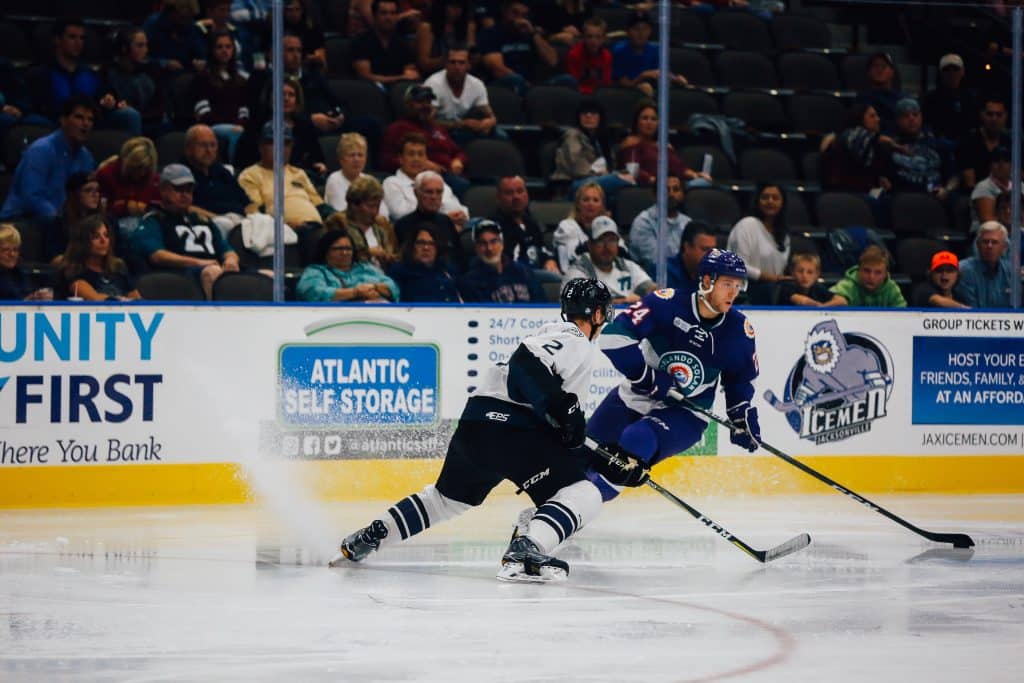Few things are more Canadian than the game of hockey. Many of us like to watch it, play it, or have kids who play. For those that “play”, this might mean anything from going to the local ODR[1] once or twice in February, to playing in a pro or semi-pro league.
Hockey, like many sports, can be dangerous. Injuries are expected. In games where body contact is allowed, injuries are even more likely.

Sometimes, the injuries are serious.
When someone is injured playing hockey, there are different insurance policies the injured person might be able to access to compensate them for their injuries.
If the injured person is a child, there might be a policy of accident insurance. For an adult who can’t work because of the injury, they might have access to a long-term disability insurance policy. If the injury was caused by something the rink owner, league organizer, or another player did, they likely have home, tenant, or other liability insurance that would respond to a claim by you for your injuries.
Making a claim against a rink owner, league organizer, or another player for your injuries is not easy, and this area of law is full of land mines.
Even if your injuries were caused by the fault of another, you might have signed a waiver that affects your ability to make a claim. Even without a waiver, where no fee is paid to use the rink, the standard of care required of the rink owner is much lower than it otherwise would be.
Courts in Ontario recognize that by playing hockey, you have assumed some risk of injury from bodily contact, even contact that’s intentional or against the rules. Conduct in a hockey game becomes unacceptable only when it is “malicious, out of the ordinary or beyond the bounds of fair play”.[2]
What is “out of the ordinary” or “beyond the bounds of fair play” will depend on the circumstances. For example, big hits are expected in the NHL, but not so much at the local ODR.
Just because something is against the rules of the game, doesn’t mean that it is beyond the bounds of fair play. A Court will look to see if the infracting player was reckless or had an intent to injure.[3] This puts a much higher burden on the injured person than what typically exists in negligence law. Usually, you just have to show that a person was careless, or fell below the standard of the reasonable person to hold them liable for your injuries.
If you’ve been injured in a hockey game, it’s important to contact an experienced personal injury lawyer as soon as possible. The injury lawyer can review the circumstances of your case (including any waiver that might apply) and assess the viability of your claim.
Even if you are unsure whether or not you can, want, or need to bring a claim, it’s important to identify potential defendants early and put them on notice. Depending on the circumstances of your case, and who the potential defendants are, you may have to give notice of your claim to the potential defendants within a week of the accident. A personal injury lawyer can help you give proper notice to all potential defendants.
[1] Outdoor Rink
[2] Kempf v Nguyen, 2015 ONCA 114 at para 106 (Laskin, J.A., dissenting on other grounds)
[3] Unruh (Guardian of) v Webber, 1994 CanLII 3272 (BC CA)
ROBERT MURPHY
Rob attended law school at Queen’s University and graduated with his Juris Doctor in 2020. He summered at and completed his articles with Weaver, Simmons LLP, a full-service firm in Northern Ontario. During his articles Rob had the opportunity to see personal injury files from both the plaintiff side and the defence side. After articles, Rob practiced injury law and general litigation with Kelly + Kelly Lawyers in Pembroke, until Kelly + Kelly’s civil litigation practice joined Bergeron Clifford in 2023.

















